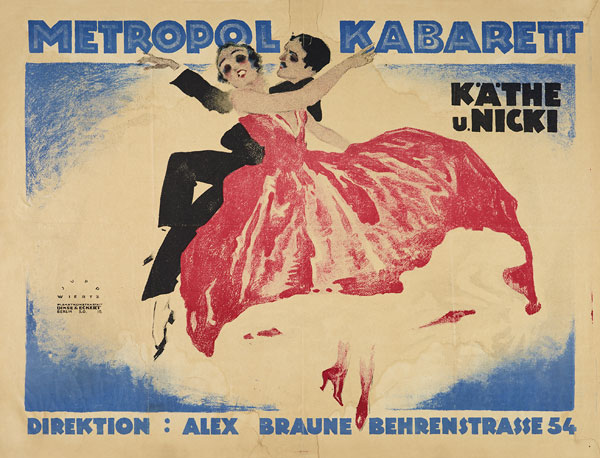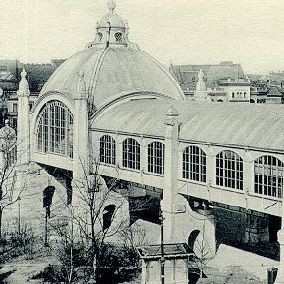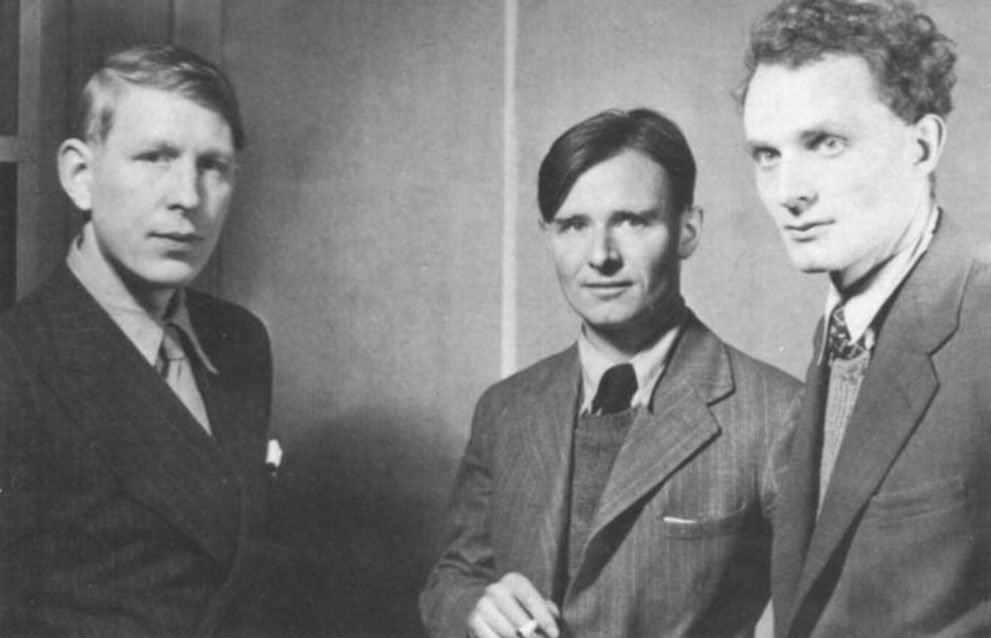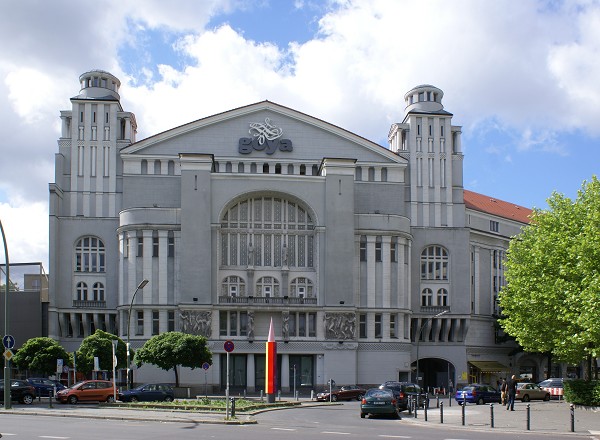

Nollendorfplatz
This picture of Berlin’s Nollendorfplatz was taken in 1926.

The overhead railway had been completed in 1904, and the square resembled a small park prior to the arrival of the electric trams in the boom of post-WW1 Berlin.
The building rising to the left of the station cupola was home to the Schubert-Saal, one of the several ‘neighbourhood’ concert halls in Berlin. In the late 1920s the venue was host to many, diverse gay & lesbian social and cultural events.
Grand ‘beach parties’ were held by the Damenklub Altes Geld (Old Money Ladies Club) and, for the men, the Böse-Buben Balle (Bad-Boy Balls) were also a regular event.
“ We went to a ball for Sodomites. A great number of them were dressed as women, but I suppose that I was, in this respect, the only authentic article.”
Vita Sackville-West, January 1929
The venue was very diverse in its programming, in addition to the gay and lesbian balls were cultural events such as operetta and theatre performances, cabarets and literary evenings.
The writer Else Lasker-Schüler organised what was to be her last public reading here on November 30th 1932 before she fled the city. The adjacent street is now named after her. Like so much of Nollendorfplatz, the building was destroyed by bombing in 1943.
In its place now is publisher and ‘lifestyle’ shop Brunos, gay accommodation agency Ebab and campaigning and welfare organisations, Maneo and Man-o-meter.
The imposing apartment blocks on the far corners of the square, and stretching east along Bülowstrasse were built around 1890 to 1900. However what is not immediately visible is the run-down, shoddy state they were in by the late 1920s.
People were burning coal for heating causing a great deal of soot and smog in the air, blackening the plasterwork of the buildings. Added to that was the parlous financial situation of many of the tenants and owners brought on by the catastrophic inflation of 1922/3 and the ongoing poverty it caused. Consequently, there was no spare money for the repair and upkeep of these grand mansion blocks. Many were let and sub-let and often dangerously overcrowded.
Shortly after the writers WH Auden and Christopher Isherwood arrived in the city in 1928 and 1929 respectively, they were joined by a young schoolfriend of theirs, Stephen Spender. In later life he would become the renowned poet Sir Stephen Spender but at the time he was content to keep up with his racy, adventurous friends and he also kept a diary of his time in Berlin.
“Then I would come to Nollendorfplatz, an eerie of concrete eagles with veranda like breasts shedding stony flakes of whatever glory they once had, into the grime and soot which cakes the walls of this part of Berlin. The bridges, arches, stations and commanding noise of the overhead railway have taken possession of the square and the streets leading eastward to the ever more sordid tenements.
A peculiar and all-pervading smell of hopeless decay comes out of the interiors of these grandiose houses, now converted into pretentious slums”
Stephen Spender, Summer 1929

Out of shot, to the right of the picture, was the impressive Neues Schauspielhaus (The New Theatre). Construction was started in 1905 and it opened in 1906, intended as a centre-piece for the newly laid-out Nollendorfplatz. The theatre was huge at 1200 seats and the building also featured, on it’s upper floors, an 1100-seat concert hall, The Mozartsalle.
By 1910 the Mozartsalle had been converted into a cinema and in the coming years would host the Friday-night premieres of films produced by the burgeoning Ufa film company based in Potsdam.
By the late 1920s, the theatre had been leased by director and producer Erwin Piscator, who staged extraordinary, ground breaking new work with contributions from the likes of Bertolt Brecht and Kurt Weill. The theatre was destroyed during WW2 but the front of the building survived. The Mozartsalle Kino became The Metropol in the 1950s and, as a dancehall and concert venue, was the heart of West Berlin social life for decades.
For some years it was the night club and event venue Goya having undergone a €6m refurbishment at the end of the 1990s. It was never quite the success it promised to be and closed in 2017. The building stood empty for two years until November 2019 when The Metropol was reborn.

By the early 1930s, Nollendorfplatz was the hub of gay and lesbian life in Berlin and a thriving entertainment district. Bars, cafes and dance halls were thriving for those who could afford it but were equally attractive to those who couldn’t. Prostitution was widespread and, seemingly, tolerated.
The rise to power of the National Socialist government in 1933, brought an end to many of the bars and clubs of Nollendorfplatz and across the city. The ‘Golden Twenties’ were over and very dark times lay ahead for the citizens of Berlin and beyond.
“Our street looked quite gay when you first turned into it and saw the black-white-red flags hanging motionless from windows against the blue spring sky. On the Nollendorfplatz, people were sitting out of doors before the cafe in their overcoats reading newspapers. Göring spoke from a radio horn at the corner. Germany is awake, he said. An ice cream shop was open. Uniformed Nazis strode hither and thither, with serious set faces, as though on weighty errands. The newspaper readers by the cafe turned their heads to watch them pass and smiled and seemed pleased.
Christopher Isherwood, March 1933

The dome on the station was completely destroyed in WW2 and the one that is there today was constructed in 1999. Since 2014 it has been illuminated at night in rainbow colours to reflect the history and diversity of the neighbourhood. The station building itself is almost unchanged.

There are two very distinct memorials at Nollendorfplatz. Inside the station building is an enclosed chamber, visible only through a gate, dedicated to the memory of the railway workers killed in the first and second world wars. On the outside of the building is a triangular plaque, in memory of the gay and lesbian victims of the National Socialist regime.
Today, Nollendorfplatz remains at the heart of the gay, lesbian, bisexual and transgender communities of Berlin.
